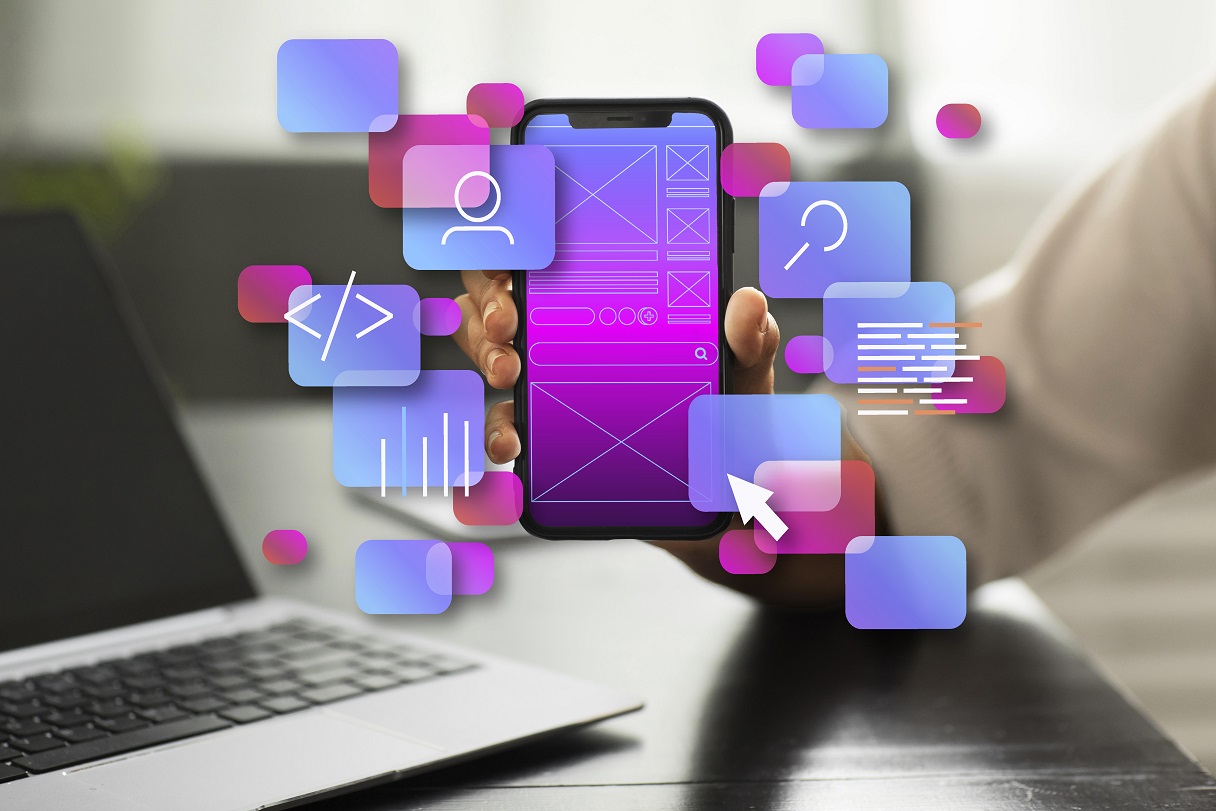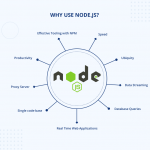Key Stages of the Mobile App Development Process
by admin
| April 18, 2024
In this Digital Era, Mobile apps play a very important role in day-to-day life and assist people in various ways according to their requirements, such as managing money online and placing orders for products.
Every popular mobile application has well-organized features, so it is important to take guidance from them and create your own application accordingly.
Creating an app is not an easy task that anybody can do; it needs professional app developers to design it, that’s where App India Agency comes in to help businesses and provide Mobile App developers who help you design the app according to your requirements.
Take an idea and do search or research for a mobile app
How take Idea
Creating an app is not an easy task; one needs a proper strategy to initiate the process, it is important to take an idea from the reference and do research on it.
It includes analysis on various aspects, such as asking yourself why it needs it, the number of users, the operating system, smartphones, etc.
One needs to make assumptions about expenses, the time it takes, the technical requirements, the mapping of the features, and the competition in the market.
The app’s important concept is its idea, which comes through its preparation and investigation. A person should know the importance of the app, why customers should download it, and what solutions the company is going to provide to the customers.
How to do research
- Do searches and research on competitor applications and their products, and analyze them thoroughly.
- Also check their packages, how much they cost for their application, and the quality of them.
- Check and compare your application to see if it is costly compared to other apps or not. Is it affordable or free of charge?
- Do an analysis on its ROI, the budget, resources, and funds needed for the creation.
The Initial Stage of App Designing
Identify the concepts of the mobile application and create its appearance, which includes sketches, storyboards, and workflow charts.
The appearance of the app includes various things, such as the app idea, screen layout, elements of design, functions of the home page, navigation buttons, text, and its page.
Create a rough manual, collaboration with the technical writer, to go through the app functionality and errors.
Use of Sketches
After drawing sketches for them, one needs to convert them to digital format. There is an app named “paper” that is specially used for converting sketches to digital form.
Technology for designing and developing mobile applications
- Resolving back-end development technical issues.
- Creating a roadmap or template that illustrates the connections between user navigation and displays.
- Giving the user experience first priority and monitoring how users use mobile browsers and apps.
Prototype
An illustration of the application that is still in development and not yet functional; it may be exhibited to prospective customers or sponsors.
The Process of Mobile App Development
- The first step in development is turning a model into a working product.
- The real app development phase, when programmers write all required functionality, takes place in the next stage.
- Prototypes are designed using functioning prototypes, app functionality, storyboards, drawings, and workflow charts in mind to build the final product.
- Frontend Designs and Backend Integration are the two stages of the development process.
- App interfaces, navigable pages, clickable buttons, and connection with backend procedures are all included in frontend development.
- Backend development, which concentrates on an application’s server side, guarantees system operation.
- Backend server and database administration, as well as data storage and retrieval, are included in the first version, also referred to as the MVP.
Techniques for Developing Mobile Apps
- Tracking the development of mobile apps early and often can result in long-term cost savings.
- All essential characteristics, including as usability, functionality, security, stress testing, and performance, should be covered throughout application testing.
- User acceptance testing assesses how well the app functions with the intended user base.
- The app is prepared for beta testing after passing the user acceptability test.
- User feedback from beta testers aids in determining how well the software works in practical situations.
Touch experience prototype:
- A prototype is constructed to give an impression of functioning.
- As they use the prototype, users offer input that helps develop the app’s design.
- Feedback covers app platforms, user data privacy, buttons and navigation, screen resolution and size testing, interfaces and platforms, and beta testing.
Complete Design and Coding for Mobile App Development
- Final coding and UX design are important after user testing.
- The creation of apps requires designers, programmers, cryptographers, and UX designers.
- UX designers create displays, buttons, links, and other design components for applications.
- The app’s functionality is visually summarized at this level.
- The user-friendliness of the layout, page interactivity, and navigation fluency are among the questions.
- User-centric design is prioritized to ensure usability and problem-solving.
Complete App Testing
- Enabling target people to assess the application’s usability, functionality, interface design, UX layout, and user experience constitutes final testing.
- UAT (Use Acceptance Testing): This includes looking for mistakes, design faults, usability issues, security gaps, and layout modifications.
- Beta testing: In this process, end users are given access to an early version of the software in exchange for input.
- Based on user input, the app is developed using data from beta testing.
Implementation and Publication
- Testing the app and approving its final release.
- Determining the official rollout date and debut date.
- Disseminating content through online mobile app shops such as Google Play Store (Android) and App Store (Apple Inc.).
- Following to regulations and accepting terms and conditions prior to making an offer at these establishments.
- Constant improvement and integration of consumer input.
- The development cycle restarts following the release of the beta version.
- Ascertain the resources required for the project’s functioning.
- Releasing the application as the last step in the development process.
- Launch date announcements via email launches, word-of-mouth marketing and advertising teams, social media campaigns, and media campaigns.
Updating and maintenance are the last steps
- Enhancing and refining the app by adding backlog items.
- A proactive attitude toward user participation and frequent updates.
- Making advantage of user input.
- Frequent software upgrades that include bug repairs, new features, and design implementation.
- After this last stage, app development becomes dynamic, with genuine development taking place.
To sum up,
There are several interrelated stages in the mobile app development process, and each one is important for the success of the finished product.
App development Agencies produce creative and user-friendly mobile apps that differentiate themselves in the competitive app market by sticking to an organized strategy and paying close attention to every step of the process.
Professional Developers may confidently manage the challenging process of creating mobile apps by being aware of these steps, which will enable them to produce outstanding outcomes.
 Development Services
Development Services Technologies
Technologies ICO
ICO ICO Marketing
ICO Marketing










